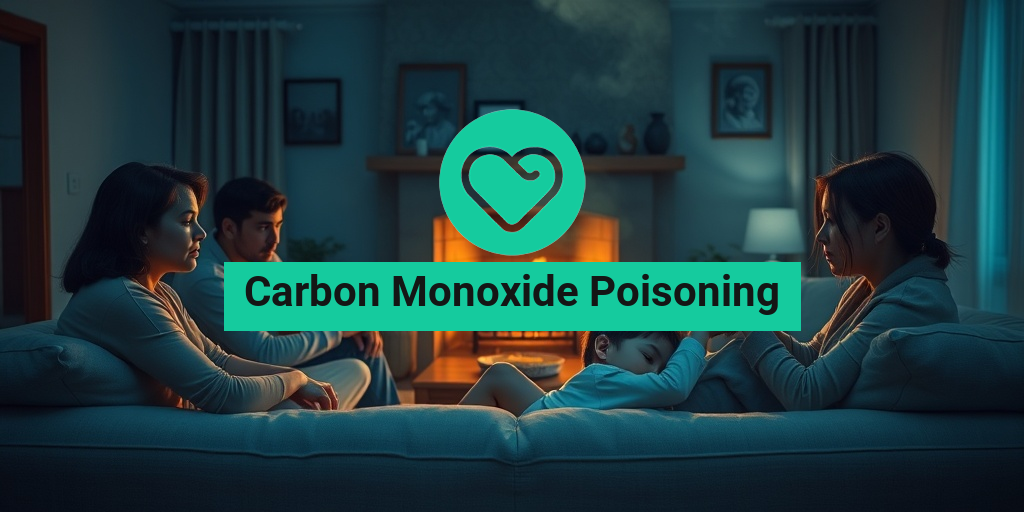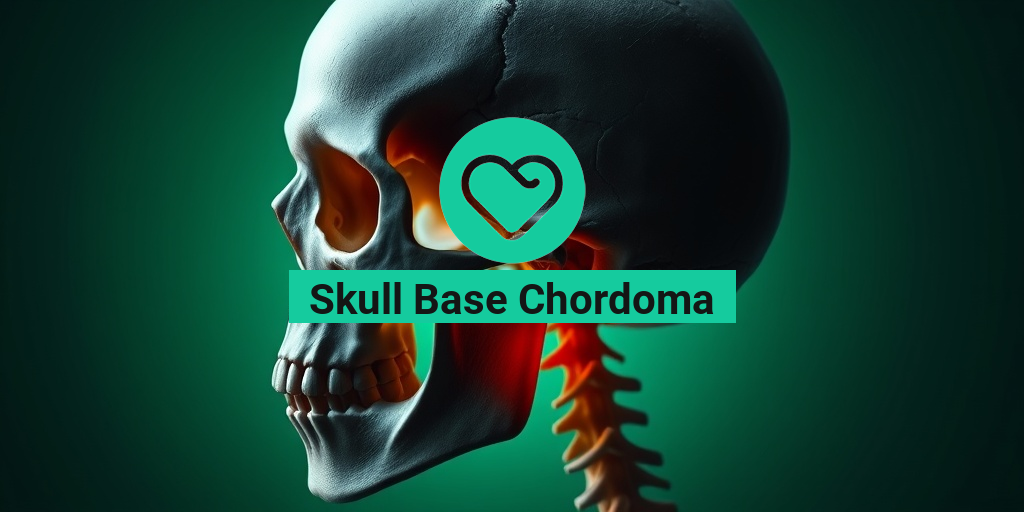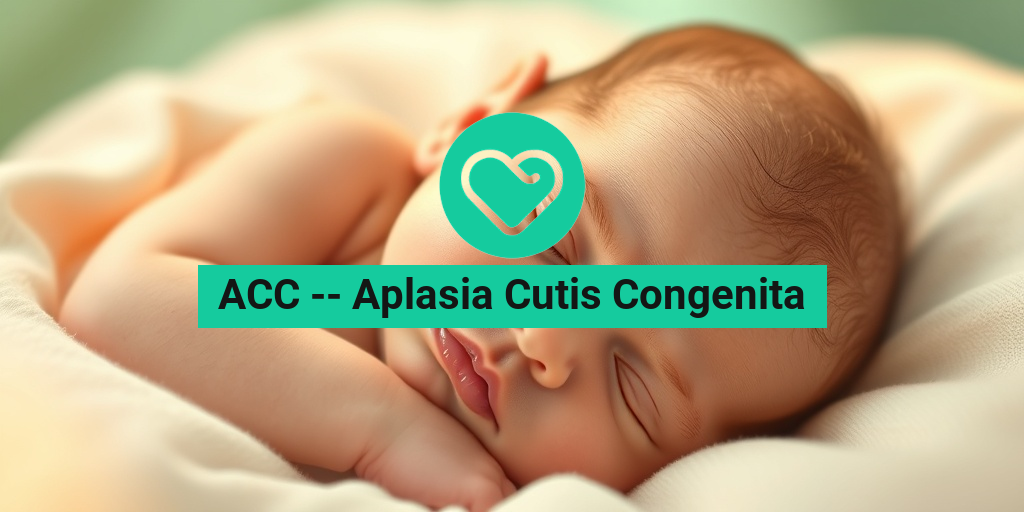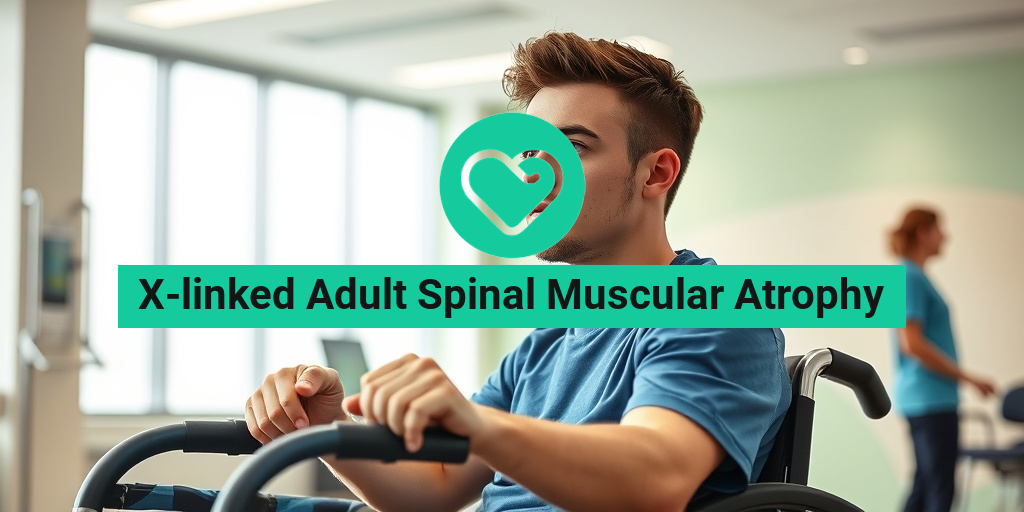What Is Carbon Monoxide Poisoning?
Carbon monoxide poisoning is a serious health risk that occurs when carbon monoxide (CO) gas builds up in the bloodstream. This colorless, odorless gas is produced by burning fossil fuels, such as gas, oil, coal, and wood. Because it is undetectable by human senses, it can lead to dangerous situations without warning. When inhaled, carbon monoxide prevents oxygen from entering the body’s cells and tissues, which can result in severe health complications or even death.
Every year, thousands of people are affected by carbon monoxide poisoning, often in their own homes. Common sources of carbon monoxide include:
- Faulty furnaces and heating systems
- Gas stoves and ovens
- Generators
- Automobiles running in enclosed spaces
- Charcoal grills
Understanding the risks associated with carbon monoxide is crucial for prevention. It is important to ensure proper ventilation in areas where fuel-burning appliances are used and to install carbon monoxide detectors in your home. Regular maintenance of heating systems can also help reduce the risk of CO buildup.
Carbon Monoxide Symptoms
Recognizing the symptoms of carbon monoxide poisoning is vital for prompt treatment. The symptoms can vary depending on the level of exposure and can often be mistaken for other illnesses, such as the flu. Here are some common symptoms to watch for:
Early Symptoms
- Headache: Often the first sign, a headache can range from mild to severe.
- Dizziness: Feeling lightheaded or faint is a common early symptom.
- Nausea and Vomiting: These gastrointestinal symptoms can occur as the body reacts to CO exposure.
- Shortness of Breath: Difficulty breathing may arise, especially during physical activity.
Severe Symptoms
If exposure continues, symptoms can escalate to more severe conditions, including:
- Confusion: Cognitive impairment and difficulty concentrating can occur.
- Loss of Consciousness: In extreme cases, individuals may faint or lose consciousness.
- Chest Pain: This can be particularly concerning for those with pre-existing heart conditions.
- Seizures: High levels of carbon monoxide can lead to seizures, indicating a medical emergency.
Delayed Symptoms
One of the most alarming aspects of carbon monoxide poisoning is the potential for delayed symptoms. Some individuals may not experience symptoms until hours after exposure, which can lead to a false sense of security. If you suspect carbon monoxide exposure, it is crucial to seek medical attention immediately, even if symptoms are not present right away.
In summary, carbon monoxide poisoning is a serious condition that can have life-threatening consequences. Being aware of the symptoms and taking preventive measures can save lives. If you or someone you know is experiencing symptoms of carbon monoxide poisoning, do not hesitate to contact emergency services.
For more information on health-related topics, including carbon monoxide poisoning, visit Yesil Health AI for evidence-based answers and resources. Stay safe and informed! 🏥
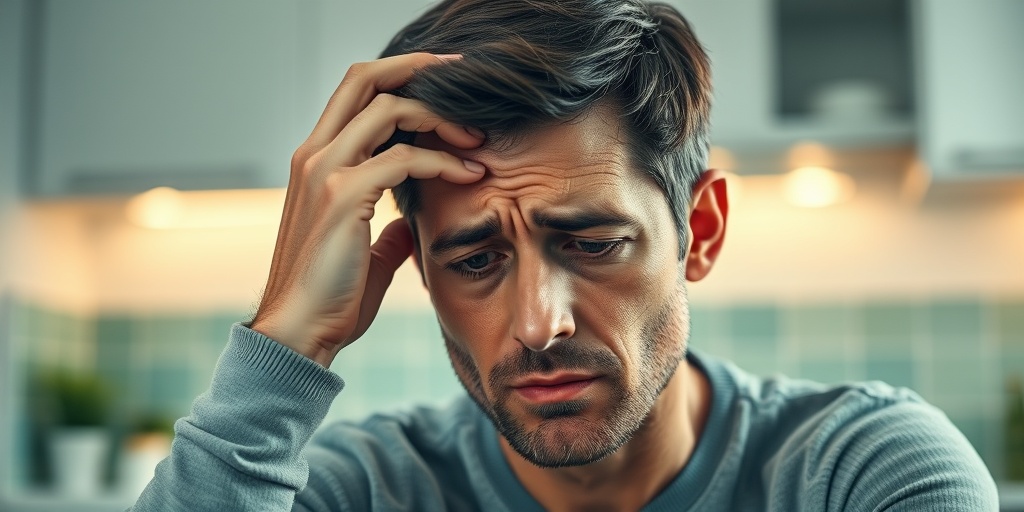
At-Risk Groups
Carbon monoxide poisoning is a serious health risk that can affect anyone, but certain groups are particularly vulnerable. Understanding who is at risk can help in taking preventive measures and ensuring safety. Here are the primary at-risk groups:
1. Young Children
Young children are more susceptible to the effects of carbon monoxide due to their smaller body size and higher metabolic rates. Their developing brains and bodies can be severely impacted by even low levels of carbon monoxide exposure. Parents should be vigilant about ensuring proper ventilation in homes and using carbon monoxide detectors.
2. Pregnant Women
Pregnant women are another group at heightened risk. Carbon monoxide can cross the placenta, potentially affecting fetal development. Exposure can lead to complications such as low birth weight or developmental issues. It’s crucial for expectant mothers to be aware of the sources of carbon monoxide and to take steps to minimize exposure.
3. Elderly Individuals
Older adults often have pre-existing health conditions that can be exacerbated by carbon monoxide exposure. Their bodies may not respond as effectively to the symptoms of poisoning, making it essential for caregivers and family members to monitor their environments closely.
4. Individuals with Pre-existing Health Conditions
People with respiratory issues, heart disease, or other chronic health conditions are at greater risk for severe effects from carbon monoxide poisoning. The gas can worsen their symptoms and lead to serious health complications. Regular check-ups and awareness of potential carbon monoxide sources are vital for these individuals.
5. People Living in Poorly Ventilated Spaces
Those who live in homes or apartments with inadequate ventilation are at a higher risk of carbon monoxide buildup. This includes people living in older buildings or those using gas appliances without proper exhaust systems. Ensuring that all fuel-burning appliances are well-maintained and that there is adequate airflow can help mitigate this risk.
Causes of Carbon Monoxide Poisoning
Understanding the causes of carbon monoxide poisoning is essential for prevention. Carbon monoxide (CO) is a colorless, odorless gas produced by burning fossil fuels. Here are some common sources and causes of carbon monoxide poisoning:
1. Faulty Heating Systems
One of the leading causes of carbon monoxide poisoning is malfunctioning heating systems. This includes furnaces, boilers, and space heaters that are not properly maintained. Regular inspections and servicing of heating systems can help prevent dangerous CO buildup.
2. Gas Appliances
Gas stoves, ovens, and water heaters can produce carbon monoxide if they are not functioning correctly. It’s important to ensure that these appliances are installed properly and checked regularly for leaks or malfunctions. Always use gas appliances according to the manufacturer’s instructions.
3. Vehicle Exhaust
Running a vehicle in an enclosed space, such as a garage, can lead to dangerous levels of carbon monoxide. Even with the garage door open, CO can accumulate quickly. Always ensure proper ventilation when running vehicles and never leave them idling in enclosed spaces.
4. Charcoal Grills and Camp Stoves
Using charcoal grills or camp stoves indoors or in poorly ventilated areas can produce significant amounts of carbon monoxide. These devices should only be used outdoors in well-ventilated areas to prevent CO poisoning.
5. Cigarette Smoke
Interestingly, cigarette smoke contains carbon monoxide. Smokers and those exposed to secondhand smoke may be at risk, especially if they are in poorly ventilated spaces. Quitting smoking and avoiding exposure to smoke can reduce the risk of carbon monoxide poisoning.
6. Wood Burning Stoves and Fireplaces
While wood-burning stoves and fireplaces can provide warmth, they can also be a source of carbon monoxide if not properly vented. Ensuring that chimneys are clean and that stoves are used according to safety guidelines can help minimize risks.
By being aware of these at-risk groups and the common causes of carbon monoxide poisoning, individuals can take proactive steps to protect themselves and their loved ones. Regular maintenance of appliances, proper ventilation, and the use of carbon monoxide detectors are essential strategies for prevention. 🛠️💡
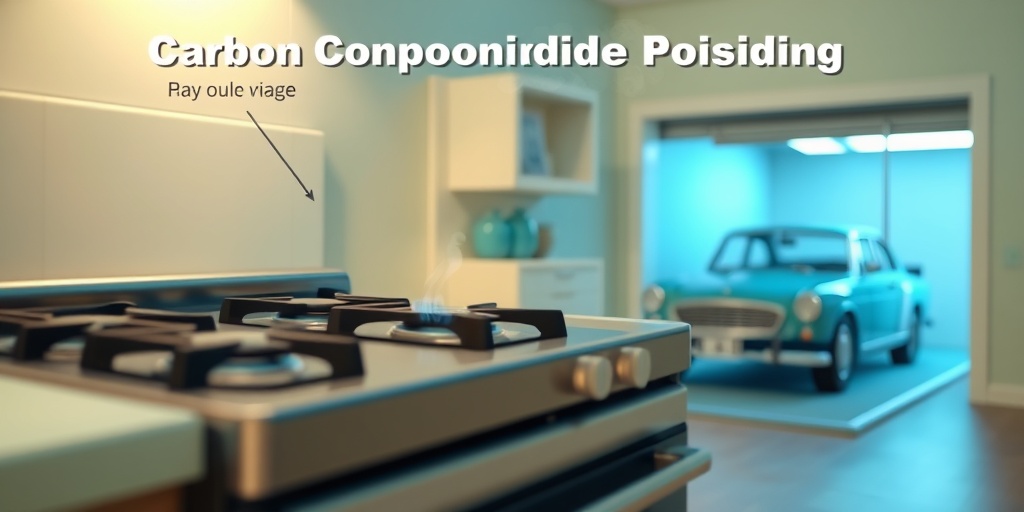
Diagnosis of Carbon Monoxide Poisoning
Carbon monoxide poisoning is a serious health concern that can lead to severe consequences if not diagnosed and treated promptly. Understanding the symptoms and diagnostic methods is crucial for effective intervention.
Recognizing the Symptoms
The first step in diagnosing carbon monoxide poisoning is recognizing its symptoms. These can often be mistaken for other illnesses, which is why awareness is key. Common symptoms include:
- Headaches – Often described as dull and persistent.
- Dizziness – A feeling of lightheadedness or unsteadiness.
- Nausea and vomiting – These gastrointestinal symptoms can be misleading.
- Shortness of breath – Difficulty breathing, especially during physical activity.
- Confusion – Cognitive impairment or altered mental state.
- Fatigue – Unusual tiredness or weakness.
It’s important to note that symptoms can vary based on the level of exposure and the individual’s health condition. In some cases, delayed symptoms may occur, making it even more challenging to diagnose. If you or someone you know exhibits these symptoms, especially in an enclosed space with potential sources of carbon monoxide, seek medical attention immediately. 🚑
Medical Evaluation
Upon arrival at a healthcare facility, medical professionals will conduct a thorough evaluation. This typically includes:
- Medical History – Discussing symptoms, potential exposure sources, and duration of exposure.
- Physical Examination – Checking for signs of carbon monoxide poisoning, such as cherry-red skin (though this is rare).
- Blood Tests – A blood test measuring carboxyhemoglobin levels can confirm carbon monoxide exposure. Normal levels are typically below 2%, while levels above 10% indicate poisoning.
In some cases, doctors may also use imaging tests, such as a CT scan, to assess any potential brain damage caused by prolonged exposure. Early diagnosis is critical, as it can significantly improve outcomes. 🩺
Treatment Options
Once diagnosed, the treatment for carbon monoxide poisoning focuses on removing the carbon monoxide from the body and restoring normal oxygen levels. Here are the primary treatment options available:
1. Oxygen Therapy
The most common and effective treatment for carbon monoxide poisoning is oxygen therapy. This involves administering pure oxygen to the patient, which helps to:
- Displace carbon monoxide from hemoglobin in the blood.
- Speed up the elimination of carbon monoxide from the body.
- Reduce the risk of long-term neurological damage.
Oxygen therapy can be delivered in a standard hospital setting or through a hyperbaric oxygen chamber, which provides oxygen at higher pressures. This method can be particularly beneficial for severe cases, as it enhances the body’s ability to eliminate carbon monoxide. 💨
2. Supportive Care
In addition to oxygen therapy, supportive care may be necessary, especially for patients experiencing severe symptoms. This can include:
- IV Fluids – To maintain hydration and support overall health.
- Medications – To manage symptoms such as headaches or nausea.
- Monitoring – Continuous monitoring of vital signs and oxygen levels to ensure recovery.
3. Rehabilitation
For individuals who experience neurological symptoms or complications, rehabilitation may be necessary. This can involve:
- Physical therapy – To regain strength and mobility.
- Cognitive therapy – To address any memory or cognitive issues resulting from exposure.
It’s essential to follow up with healthcare providers after treatment to monitor recovery and address any lingering effects. Early intervention and comprehensive treatment can significantly improve outcomes for those affected by carbon monoxide poisoning. 🌟

Prevention Strategies
Preventing carbon monoxide poisoning is crucial for ensuring the safety of you and your loved ones. This colorless, odorless gas can be deadly, but with the right precautions, you can significantly reduce the risk of exposure. Here are some effective strategies to keep in mind:
1. Install Carbon Monoxide Detectors
One of the most effective ways to prevent carbon monoxide poisoning is to install carbon monoxide detectors in your home. These devices can alert you to dangerous levels of CO before they become life-threatening. Here are some tips for installation:
- Place detectors on every level of your home, especially near sleeping areas.
- Test the alarms monthly to ensure they are functioning properly.
- Replace batteries at least once a year, or as recommended by the manufacturer.
2. Regular Maintenance of Appliances
Many household appliances can produce carbon monoxide if they are not functioning correctly. Regular maintenance is essential:
- Have your furnace, water heater, and any other gas appliances inspected annually by a qualified technician.
- Ensure that vents and chimneys are clear of debris and blockages.
- Never use gas appliances for heating your home unless they are specifically designed for that purpose.
3. Be Cautious with Vehicles
Carbon monoxide can accumulate in enclosed spaces, such as garages. To prevent exposure:
- Never leave your car running in an enclosed space, even if the garage door is open.
- Ensure that your vehicle’s exhaust system is in good condition and free of leaks.
4. Educate Your Family
Knowledge is power! Make sure everyone in your household understands the dangers of carbon monoxide and knows how to recognize the signs of poisoning. Discuss the following:
- What carbon monoxide is and how it can be produced.
- The symptoms of carbon monoxide poisoning, such as headaches, dizziness, and confusion.
- What to do in case of suspected exposure, including evacuating the area and calling emergency services.
Long-Term Effects
While immediate treatment for carbon monoxide poisoning is critical, understanding the potential long-term effects is equally important. Survivors of CO poisoning may experience a range of health issues that can persist long after the initial exposure.
1. Neurological Impairments
One of the most concerning long-term effects of carbon monoxide poisoning is neurological impairment. Survivors may experience:
- Memory problems and difficulty concentrating.
- Personality changes, including increased irritability or mood swings.
- Motor skill difficulties, which can affect daily activities.
2. Cardiovascular Issues
Research has shown that individuals who have suffered from carbon monoxide poisoning may be at an increased risk for cardiovascular problems. These can include:
- Increased risk of heart disease.
- Potential for long-term damage to the heart muscle.
3. Psychological Effects
Survivors may also face psychological challenges, such as:
- Depression and anxiety, which can arise from the trauma of the experience.
- Post-traumatic stress disorder (PTSD) in severe cases.
4. Delayed Symptoms
It’s important to note that some symptoms of carbon monoxide poisoning may not appear immediately. Delayed symptoms can include:
- Persistent headaches and fatigue.
- Difficulty sleeping or insomnia.
Recognizing these delayed symptoms is crucial for seeking timely medical intervention.
In conclusion, understanding both prevention strategies and the potential long-term effects of carbon monoxide poisoning can empower you to protect yourself and your family. Stay informed, stay safe! 🛡️

Frequently Asked Questions about Carbon Monoxide Poisoning
What is Carbon Monoxide Poisoning?
Carbon monoxide poisoning occurs when carbon monoxide (CO) gas builds up in the bloodstream, preventing oxygen from entering the body’s cells and tissues. This can lead to serious health issues and even death if not treated promptly.
What are the symptoms of Carbon Monoxide Poisoning?
Common carbon monoxide poisoning symptoms include:
- Headache
- Dizziness
- Weakness
- Nausea or vomiting
- Shortness of breath
- Confusion
- Loss of consciousness
It’s important to recognize these signs early, as they can escalate quickly. 🚨
What causes Carbon Monoxide Poisoning?
Carbon monoxide poisoning causes typically include:
- Faulty furnaces or heating systems
- Blocked chimneys
- Gas-powered appliances
- Running vehicles in enclosed spaces
- Improperly ventilated generators
Understanding these causes can help prevent exposure to this dangerous gas.
How is Carbon Monoxide Poisoning treated?
The primary carbon monoxide poisoning treatment involves removing the individual from the source of exposure and administering oxygen. In severe cases, hyperbaric oxygen therapy may be required to speed up recovery and reduce the risk of long-term damage.
Can Carbon Monoxide Poisoning be mistaken for other conditions?
Carbon monoxide poisoning is sometimes mistakenly identified as flu or food poisoning due to overlapping symptoms like headache and nausea. It’s crucial to consider the environment and potential exposure to CO when diagnosing these symptoms.
What are the delayed symptoms of Carbon Monoxide Poisoning?
Carbon monoxide poisoning delayed symptoms can occur hours or even days after exposure. These may include persistent headaches, memory problems, and mood changes. If you suspect CO exposure, seek medical attention even if symptoms seem to improve.
What is the risk of death from Carbon Monoxide Poisoning?
Carbon monoxide poisoning death can occur rapidly, especially in high concentrations. Prompt recognition and treatment are vital to prevent fatal outcomes. Always prioritize safety and install CO detectors in your home. 🏠
Where can I find more information about Carbon Monoxide Poisoning?
For more insights and personal experiences, you can explore discussions on platforms like Reddit, where users share their stories and advice regarding carbon monoxide poisoning.

